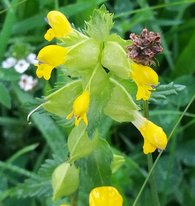 Yellow rattle, Rhinanthus minor
Yellow rattle, Rhinanthus minor The key to the success of hay meadows is the presence of Yellow rattle, Rhinanthus minor and Eye-bright, of the Euphrasia genus. Underground and unseen, they make magic.
Once upon a time this was the picture of summer all across the country. In childhood (if only we might remember) hay meadows of diverse flora and abundant wildlife were the English countryside. In the 21st century they're a precious resource. With the loss of so many hay meadows the programme is conserve and restore. To conserve requires traditional management with low input, few fertilisers, a cut late in the season and a carefully scheduled grazing regime. To restore impoverished hay meadows, donor hay meadows are cropped and their seed given to receptor meadows. Walking in a circuit from Dent beside the River Dee, I’d like to talk with the farmers to discover more about management of specific hay meadows and how far conservation is co-ordinated across Cumbria and Yorkshire.
All along the banks of the River Dee were wild roses, ox-eye daisies, red campion, meadow cranesbill, betony, meadowsweet and elder flowers. What a treat!
Home from the Dentdale hay-meadows, I am immersed in flowers: editing and exploring my own images and discovering new websites relevant to the flora and management of hay-meadows. I've known and loved eye-bright for longer than I can remember. There are many variants and sub-species but what interests me is the part it plays in the ecology of a hay- meadow. Like yellow rattle, it's an annual and hemi-parasitic, attaching itself to the roots of grasses and taking water and nutrients from host plants. So two species we see in such profusion in the Dentdale hay-meadows, yellow rattle and eye-bright, have an underground network of haustoria locking into root systems of grasses. Picture that. Haustoria are not easily visible, even if you know what you're looking for.
Jill Hayes for a splendid walk for Kendal Ramblers. The route was full of interest, not only in the magnificent hay meadows. To Geoff Brooks for tracing Jill’s route. To Bel Burn for her image of a bright-eyed spotted flycatcher fledgling. And to all companions eager to share the wonders of upland hay meadows and all we discovered along the way.
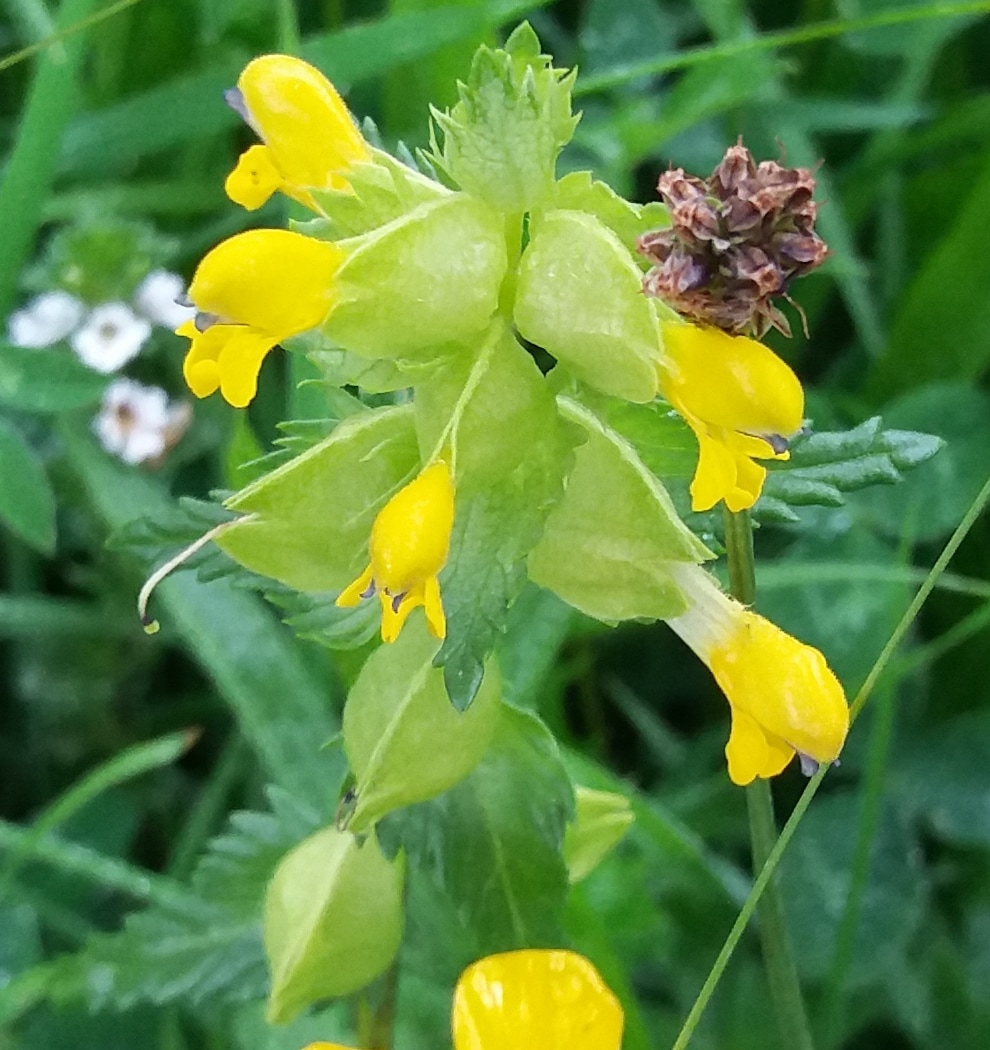
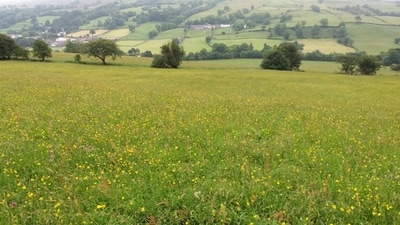
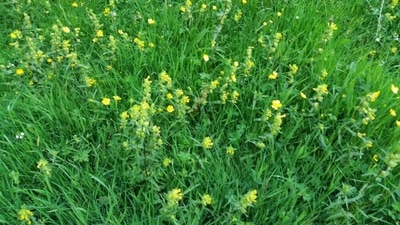
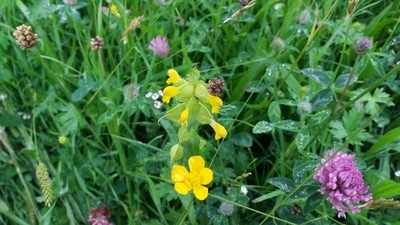
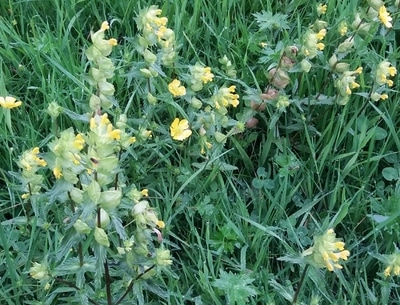
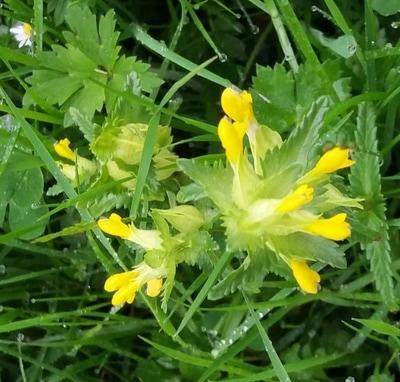
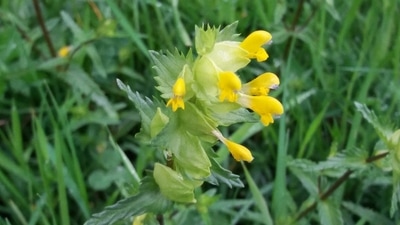
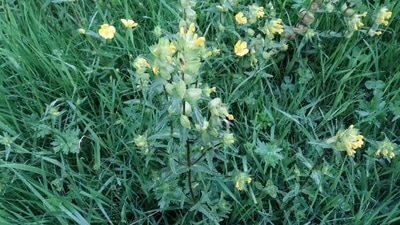
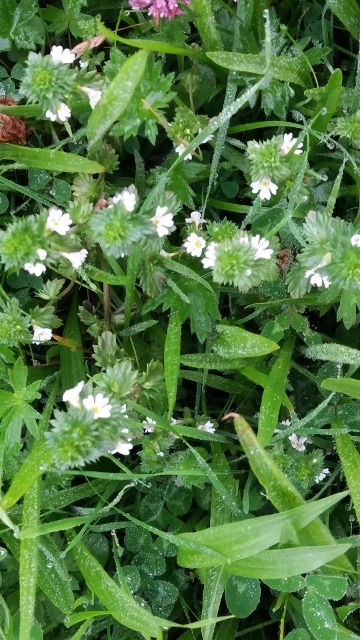
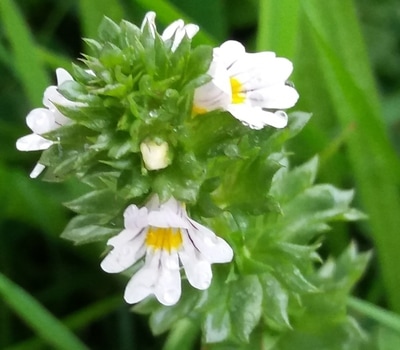
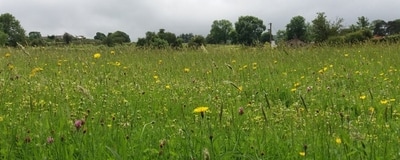
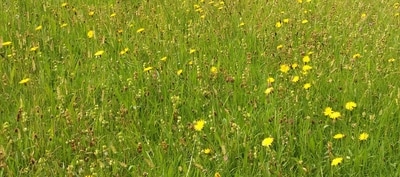
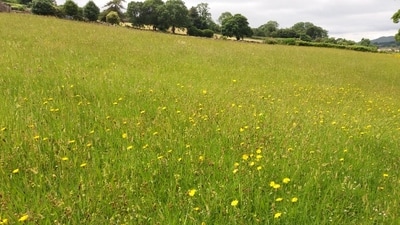
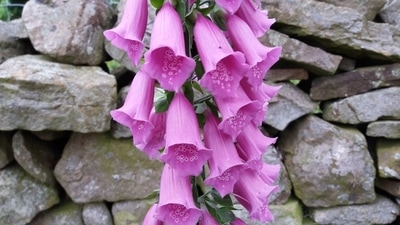

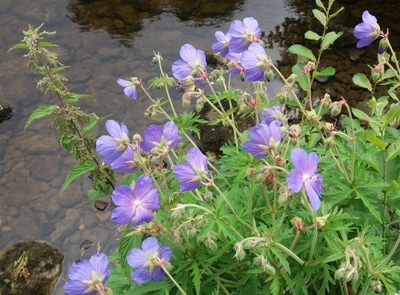
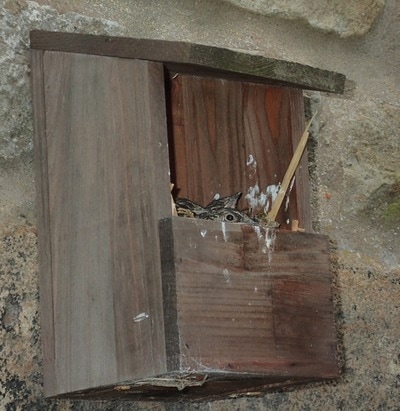

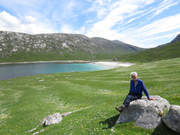
 RSS Feed
RSS Feed